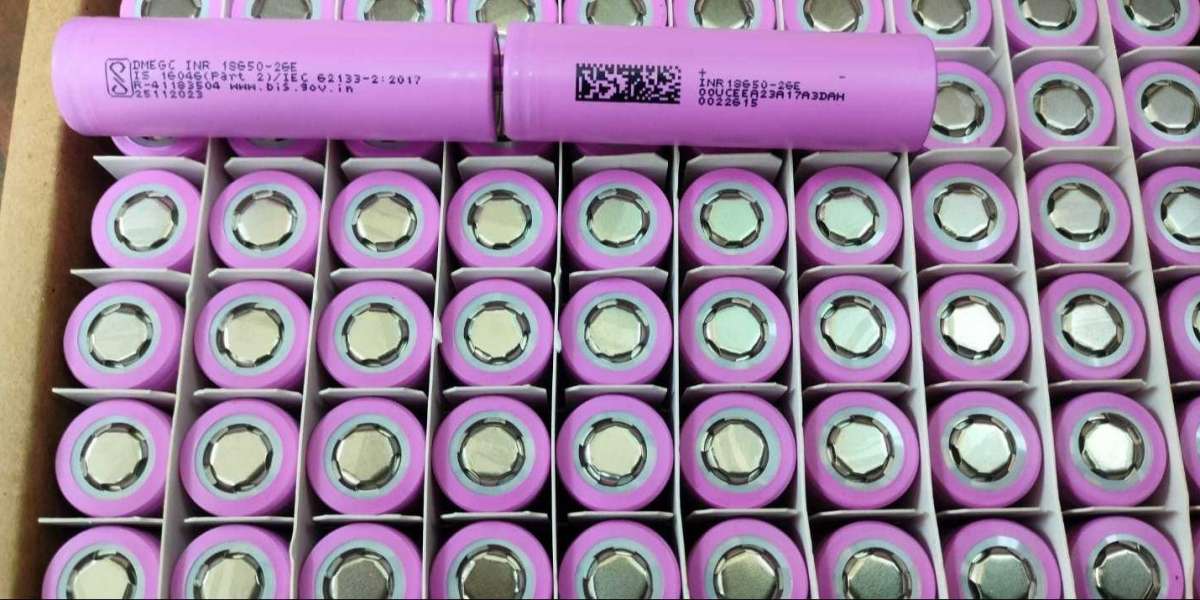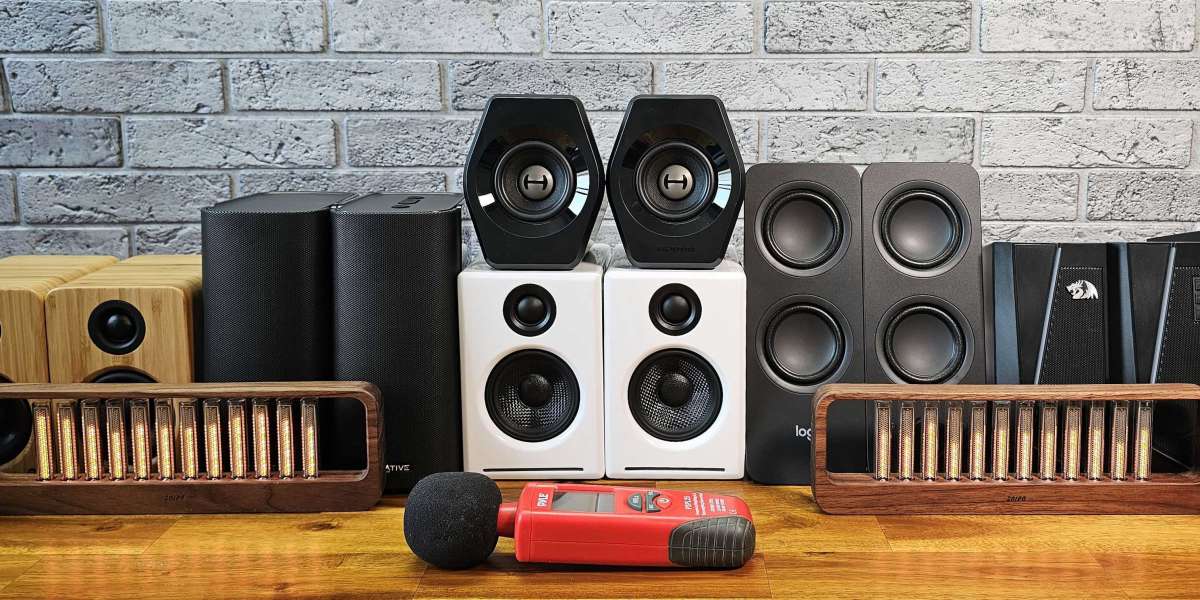Introduction
Lithium-ion cells are widely used in various electronic devices, from smartphones and laptops to electric vehicles and power tools. Properly charging lithium cells is crucial to ensure their longevity, safety, and optimal performance. In this article, we will discuss the best practices for charging lithium cells, common mistakes to avoid, and tips to maximize their lifespan.
Understanding Lithium-ion Cells
Lithium-ion (Li-ion) cells are rechargeable batteries that store and release energy through the movement of lithium ions between the anode and cathode. These batteries are known for their high energy density, lightweight design, and long cycle life. However, improper charging can lead to reduced efficiency, overheating, or even safety hazards like thermal runaway.
Best Practices for Charging Lithium Cells
To ensure safety and longevity, follow these key guidelines when charging lithium cells:
1. Use a Compatible Charger
Using the correct charger designed specifically for lithium-ion batteries is essential. A charger with appropriate voltage and current ratings ensures safe and efficient charging. Avoid generic chargers that may not provide the necessary protections against overcharging and overheating.
2. Charge at the Right Voltage and Current
Lithium-ion cells typically operate at a nominal voltage of 3.7V and should be charged up to 4.2V per cell. Overcharging beyond this limit can lead to permanent damage and safety risks. Charging current should also be controlled, typically set at 0.5C to 1C (where C is the battery capacity in Ah) to balance charging speed and safety.
3. Avoid Overcharging and Deep Discharging
Overcharging a lithium cell can cause overheating, swelling, and even fire hazards. Many chargers have built-in overcharge protection, but it’s still advisable to disconnect the battery once it reaches full charge. Similarly, deep discharging (draining the battery below 2.5V) can lead to irreversible damage and reduced capacity.
4. Charge at the Right Temperature
Lithium-ion batteries perform best when charged at temperatures between 10°C and 45°C (50°F to 113°F). Charging at extreme temperatures can degrade battery performance, cause electrolyte breakdown, and lead to potential safety risks.
5. Store Lithium Cells Properly
If you’re not using a lithium-ion battery for an extended period, store it at around 40% to 50% charge in a cool, dry place. Storing fully discharged or fully charged batteries for long durations can cause capacity loss and affect performance.
Common Mistakes to Avoid
Avoiding the following mistakes can help extend the lifespan and maintain the efficiency of lithium cells:
Using an incorrect charger – A charger with an improper voltage or current rating can damage the battery.
Charging in extreme temperatures – Avoid charging in very hot or cold environments.
Leaving batteries on charge for too long – Even with protection circuits, it's best to remove the battery once fully charged.
Using damaged or swollen batteries – If a lithium-ion battery shows signs of swelling, leakage, or damage, replace it immediately to avoid potential hazards.
Tips to Maximize Lithium Cell Lifespan
1. Follow Partial Charging
Instead of fully charging (100%) and fully discharging (0%), aim to keep the charge level between 20% and 80%. This approach reduces stress on the battery and enhances longevity.
2. Avoid Fast Charging Unless Necessary
While fast charging is convenient, it generates more heat and stresses the battery. If possible, use standard charging speeds to preserve battery health.
3. Maintain Proper Battery Calibration
Occasionally, perform a full charge cycle (from 0% to 100%) to recalibrate the battery management system (BMS). This helps maintain accurate charge level readings but should not be done frequently.
4. Use Battery Management Systems (BMS)
A BMS monitors and protects lithium-ion cells from overcharging, deep discharging, and temperature fluctuations. Devices with an integrated BMS provide added safety and efficiency.
Conclusion
Properly charging lithium-ion cells is essential for ensuring their longevity, efficiency, and safety. By using the correct charger, avoiding extreme temperatures, preventing overcharging, and following best practices, you can maximize the lifespan of your lithium batteries. Adopting these simple yet effective habits will help maintain optimal battery performance and prevent potential safety hazards.







